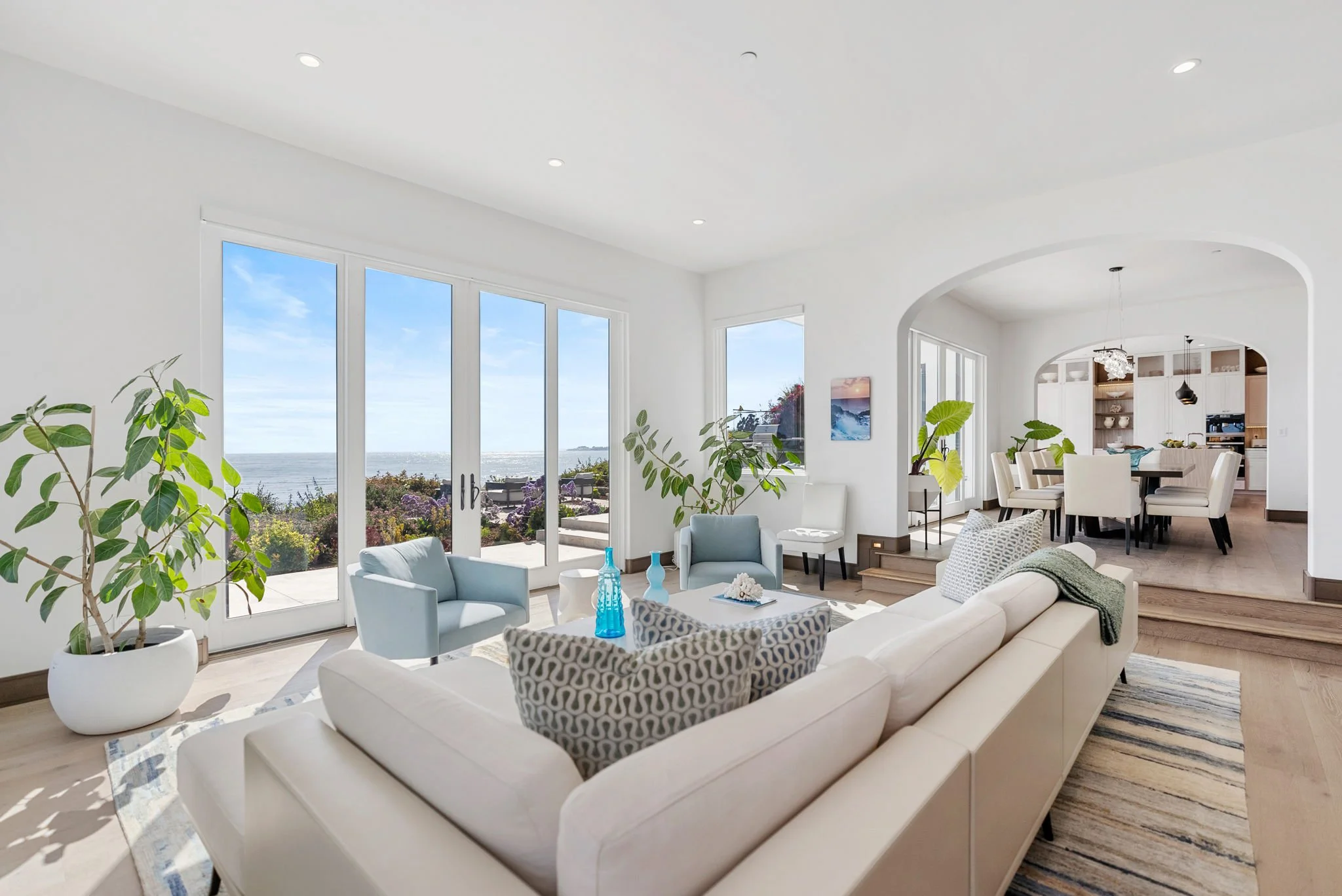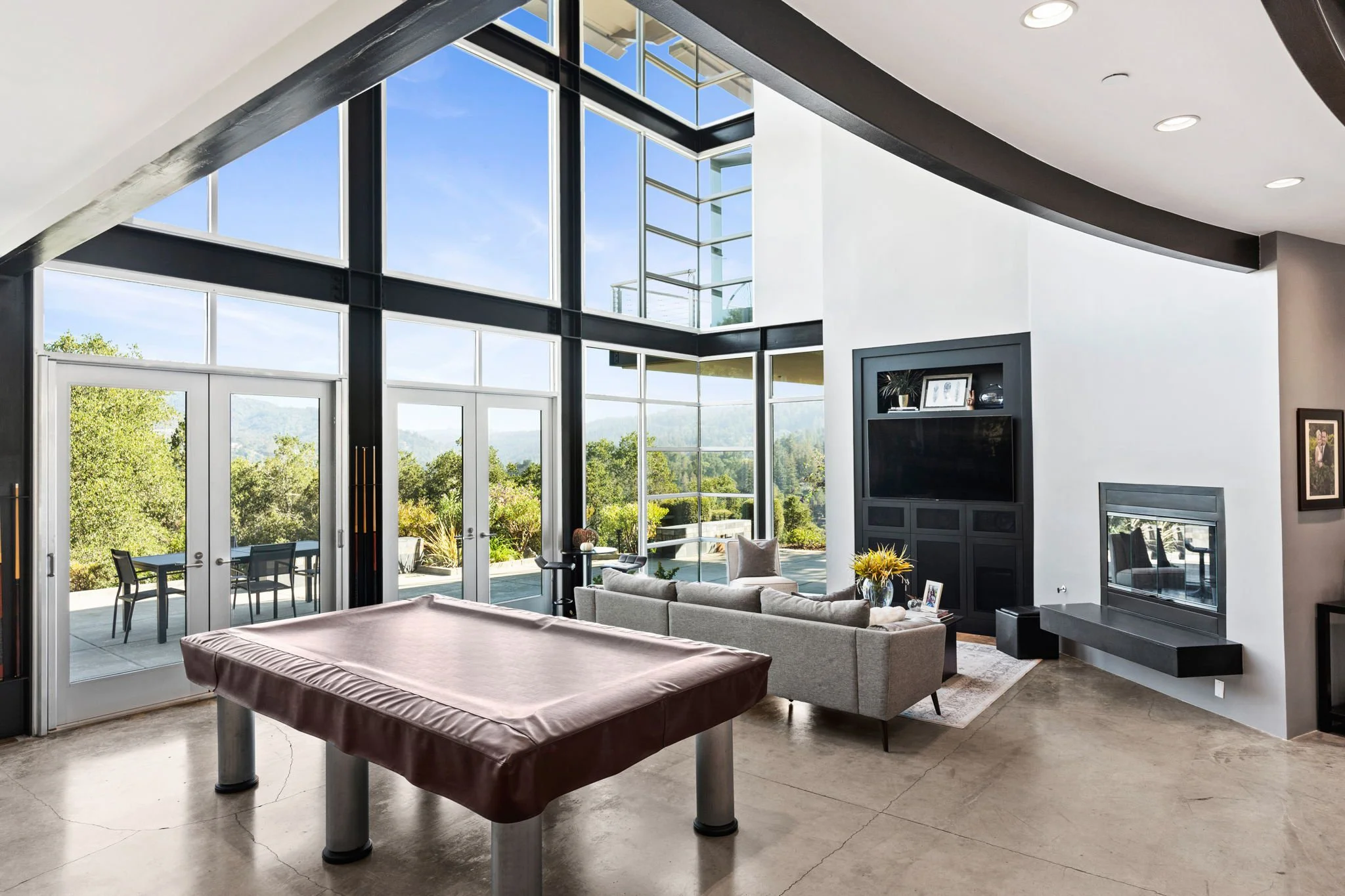How to use Photo, Video, Drones, 3D Tours and Listing Websites to Elevate Your Real Estate Listing Value.
Real Estate Marketing in 2024
In 2024, Real Estate Marketing has moved almost entirely online, with the website Redfin stating that, since 2020, over HALF of all homebuyers made offers "sight unseen." Essentially, the ability to connect with a home without having to step foot on property has become a basic need. And while professional real estate photography and videos have been used with great success for years, many real estate agents are now using digital content creation tools like drone imagery, 3D virtual tours, realtor walkthrough videos, custom listing websites and others.
Quality virtual real estate digital marketing is absolutely essential in creating that emotional bond between the buyer and their future home.
It also helps the seller since they get to see a visually artistic representation of their property through different creative mediums. Imagine seeing a video of the home you spent so much time making memories in. A home is an emotional place, so content that accurately captures those feelings and incites them in others extends deeper than just images on a screen.
So let’s break down a few of these new real estate marketing content technologies and see how they individually work together to create an emotional experience with a property’s online profile.
Real Estate Photography: Making all the Difference
Architectural photography is a true art. Anyone who’s casually browsed listings can tell right away how much effort went into capturing those property photos. Even with the advances in modern phone cameras, professional photos offer a deeper level of quality and creative storytelling. A professional real estate photographer will use multiple focal lengths to capture close-ups and details inside and outside the property as well as stand back and get wide shots to showcase the location. They will look for ways the light hits the home at different times of day and are able to use camera settings to brighten dark areas or balance high-contrast areas. Some real estate photographers can edit images to add virtual staging, grass or replace the sky with a beautiful sunset to show a property's potential.
Real Estate Videography: The Cinematic Experience
On average, real estate listings with video get over 400% more inquiries than listings without a real estate listing video.
A professional real estate videographer creates a cinematic experience using music, moving shots and scripted narration. Real estate videos tend to be short, but capture the feeling of the property and allow buyers to sit back and watch a short documentary all about it.
Videos can be a simple music montage, but there are real estate agents who prefer to conduct an on-camera walkthrough to create more of a personal connection with the buyer. Types of real estate videos include walkthroughs, phone tours, music videos or even an on-camera guided tour by a realtor.
Promotional Videos
A video that allows the real estate agent to introduce themselves to potential clients with a video about who they are and what they can offer.
Other Options for Virtual Marketing Videos
Phone Camera Walkthrough Video
A video walkthrough shot on a phone camera with the option to add narration or music. These are useful for social media outlets, especially if they’re shot vertically.
Testimonial Videos
A buyer, seller, or agent gets to tell their story of the buying experience and can endorse the client, real estate agent or company they worked with.
3D Home Tour: An Immersive Experience
3D Virtual home tours are the most immersive way for a buyer to see a home in its fullest capacity. They usually involve the user being able to move from room to room and see the entire home as though they were walking through it themselves. A 3D tour can be made using a specific camera and software of your choosing. Companies like Matterport and iGuide are subscription services that sell proprietary 3D cameras to create 3D tours that can be integrated into a listing website. These usually include a floor plan and exact square footage. Many real estate photographers offer 3D virtual tours as add-ons and the value they bring to the buyer experience is exponential.
Custom Listing Websites: The Buyer’s Guide
Custom Listing Websites give your property a specific location to be shown off, especially with it’s own URL to make it stand out. Usually the property address is a great website name, such as www.316ParkAve.com. A listing website can be shared instantly with anyone by simply sending a link. It adds credibility to the listing as an official landing site for any potential buyer to browse through. Unlike the MLS or listing websites such as Zillow or Redfin, agents can put all of their own creativity and personal branding into a custom website without worrying about violating their terms of service. Having a custom property website linked to your personal website will also increase with online visibility and search engine optimization.
Conclusion: Putting a Bow on It
Real Estate Photography and videography including aerial images, 3D tours and custom listing websites are becoming even more the norm as homebuyers are relying on them for the experience that once came with physically touring a home. They are artistic representations of emotional places that tell a home's story. While it’s possible for a property to have decent pictures, quality virtual real estate marketing content will create a relationship between the buyer and the property without them ever experiencing it in person.
If you're interested in virtual real estate marketing content, feel free to see our pricing guides or reach out for a direct quote!
CONTACT









































































































